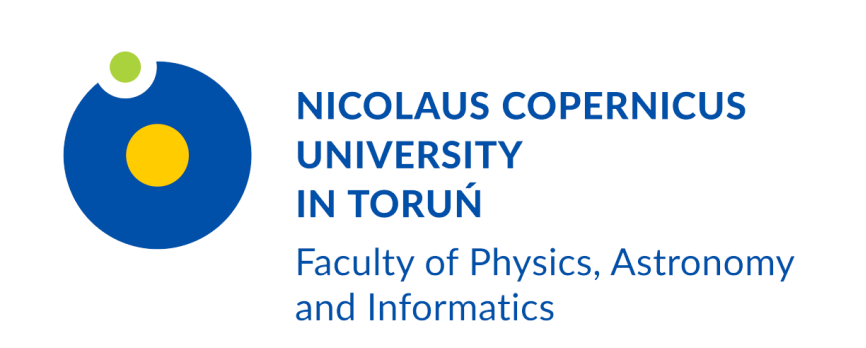 Planetary nebulae have been fascinating astronomers and sky enthusiasts with their beauty for centuries. These objects are relatively rare in the Galaxy. They are related to the final stages of the stellar evolution, and not, as the name suggests, to planetary systems. The misleading name was given by William Herschel due to their resemblance to Uranus in his telescope. The relatively small number of observed nebulae may suggest that they are rare and extraordinary phenomenon. However, in fact most of the stars in the Galaxy presumably go through this stage of evolution. Planetary nebula will likely form from the envelope ejected by Sun at the end of its existence.
Planetary nebulae have been fascinating astronomers and sky enthusiasts with their beauty for centuries. These objects are relatively rare in the Galaxy. They are related to the final stages of the stellar evolution, and not, as the name suggests, to planetary systems. The misleading name was given by William Herschel due to their resemblance to Uranus in his telescope. The relatively small number of observed nebulae may suggest that they are rare and extraordinary phenomenon. However, in fact most of the stars in the Galaxy presumably go through this stage of evolution. Planetary nebula will likely form from the envelope ejected by Sun at the end of its existence.
A collection of images taken by the Hubble Space Telescope (NASA / ESA / J.Schmidt / geckzilla.com/art/v/445 ) allows us to admire and study with great precision the richness of structures and shapes of planetary nebulae. However, what we see is only a two-dimensional projection of the three-dimensional structure of the nebula on the sky. It is one of the reasons we are still far from understanding how planetary nebulae form. How can a single star lead to an aspherical nebula? Is binarity of a star required for the formation of all nebulae? Do planetary systems affect nebular shaping?
The studies carried out at NCU’s Institute of Astronomy are recently focused on three-dimensional reconstruction of the planetary nebulae structures and on understanding of their formation.
Group members:
- dr hab. Krzysztof Gęsicki, prof UMK

 Piwnice k. Torunia, 87-148 Łysomice
Piwnice k. Torunia, 87-148 Łysomice